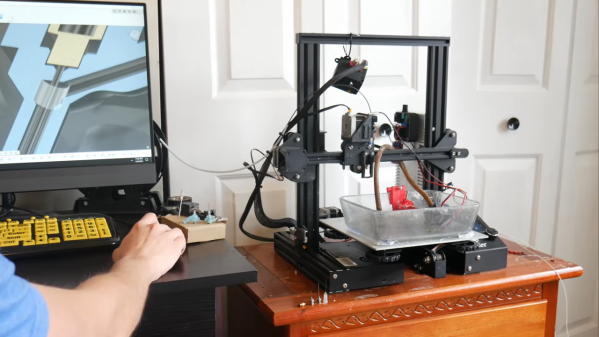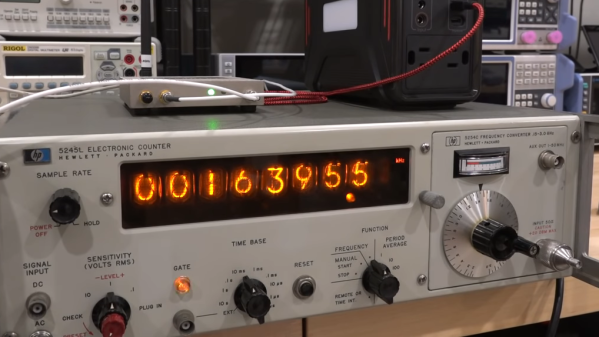Key fobs as a service? Have we really gotten to that point? It would seem so, at least for Toyota, which is now requiring a subscription to use the company’s Remote Connect function. To be fair to Toyota, the Remote Connect system seems to do a bit more than the average key fob, with things like remote start and smartphone or smartwatch integration. It doesn’t appear that using the key fob for more mundane uses, like opening the doors, will be nerfed by this change. But if you want to warm up your car on a cold winter’s morn while you’re still in your jammies, then be prepared to cough up $8 a month or $80 a year on select 2018 and above models. Whether Toyota and other manufacturers get away with this nickel-and-dime stuff is up to the buyers, of course; if enough people opt out, maybe they’ll think of some other way to pad their bottom line. But since we’ve already seen heated seats as a service (last item), we suspect this is the shape of things to come, and that it will spread well beyond the car industry.
Speaking of cars, if you thought the chip shortage was over just because car dealer lots are filling back up, think again. Steve over at Big Mess o’ Wires reports that he’s having trouble sourcing chips for his vintage computer accessories. He includes a screenshot from Digi-Key showing zero stock on ATmega1284s. He also reports that the Lattice FPGA he uses for his Yellowstone universal disc controller is now unobtainium, where it had previously been easily sourced for about $5. He also has a pointed warning about some suppliers making it look like they have stock, only to send a “whoopsie” email after charging your credit card, or worse, telling you the price has increased over 400%. We suppose this was inevitable; there’s only so much fab capacity in the world, so eventually the fabs will switch over to producing whatever they can get paid the most for. And since car manufacturers have a lot more clout with suppliers than just about anyone else, it’s only natural for the shortages to shift down-market like this.
Do we finally have a “go” on James Webb? Maybe. The launch of the space telescope was originally scheduled for December 18 — well, OK, originally it was supposed to be in space in 2007, but let’s not go there — but a problem with a clamp caused unexpected vibrations in the $10 billion space observatory, resulting in inspections that pushed the launch back to the 22nd. That lasted for about a week, until the fueled and packaged spacecraft stopped sending data to launch controllers. The problem ended up being entirely relatable — a bad data cable — but resulted in the loss of two more days. JWST is now set to launch on Christmas Eve at 7:20 AM Eastern Standard Time, pending a readiness review on Tuesday morning. Fingers crossed that the long-awaited observatory has a safe 30-day trip to Lagrange point L2.
And finally, breathless tech journalists couldn’t wait to report this week that the world’s first warp bubble had been created. The paper was published by Dr. Harold “Sonny” White et al from the Limitless Space Institute, and claims to have discovered a “micro/nano-scale structure” that “predicts negative energy density distribution that closely matches requirements for the Alcubierre metric.” That last bit, the one about the Alcubierre metric, refers to the Alcubierre drive, which proposed a way to warp space-time and drive a ship at arbitrarily high speeds. But did this team actually create a warp bubble? It doesn’t seem so, at least according to one article we read. There’s also the problem of Dr. White’s previous claims of breaking the laws of physics with a reactionless EM drive. Scientific quibbling aside, there’s a sure-fire way of telling that no warp bubble was created — if there had been one, this would have happened.


















